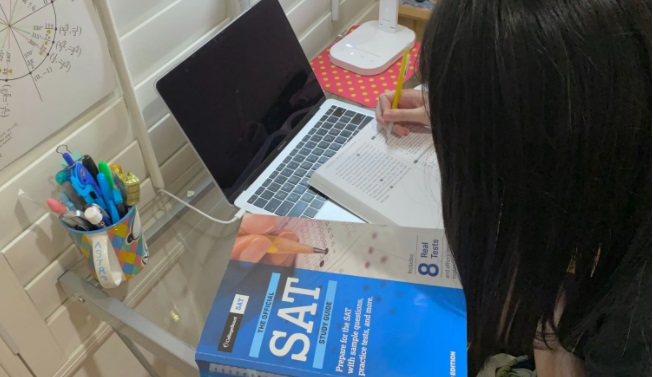The SAT is administered by College Board to measure a student’s aptitude and knowledge with regard to the core academic subjects: reading, writing, and math. Unfortunately, COVID 19 has closed down many testing sites, making it extremely difficult for senior high school students to submit their SAT scores to the universities at which they are applying.
I happen to be a rising high school senior, who still has failed to take an SAT exam due to testing site closures. Luckily, College Board has reopened testing sites, giving upcoming seniors the opportunity to take the SAT. Although many of us have been studying for what seems like forever, here are some last-minute test-taking tips and strategies to help you tackle the hardest part of the SAT, the reading section.
To start off, you must have a solid understanding of what types of questions will be asked on the SAT. This year, there will be a total of 52 reading comprehension questions. Under the reading section, you will be asked to read closely, cite textual evidence, determine central ideas, summarize, interpret words and phrases, and analyze word choice, text structure, point of view, purpose, arguments, multiple tests, and quantitative information. In other words, you will be given 5 passages and questions for each passage to test your comprehension and critical thinking skill level.
As you are taking your test, make sure to prioritize time management. You are given 65 minutes to complete the reading portion. More precisely, you are only given approximately one minute to solve each question. Take advantage of the rules and bring a traditional wristwatch so that you can keep track of time without looking around the classroom for a clock. Lastly, make sure to pace yourself and prioritize the problems you know how to solve.
But how do we really tackle the reading section? There are two ways to approach this portion of the test. Spend more time reading the given passages OR more time solving the problems. If you are a slow reader, spending more time reading the passages can be a benefit because it enables you to really understand the main idea, and recall small details when answering the questions. This eliminates the need to frequently look back and forth at the passages when answering questions, saving a lot of time. Whereas If you are a fast reader with quick comprehension skills, skimming through the passages and spending more time on questions is better for your comprehension level. This gives you more time to answer the questions and pinpoint needed evidence and information, without having to read the entire passage.
I, too, will be taking the SAT very soon, once the school year begins. If aiming for a top score, seeking professional guidance from tutors and academies can truly be an advantage. I wish everyone the best of luck, and I hope that the listed tips can be a boost to everyone’s testing journey.
Evelyn Kim, Grade 12,
Cerritos Highschool

